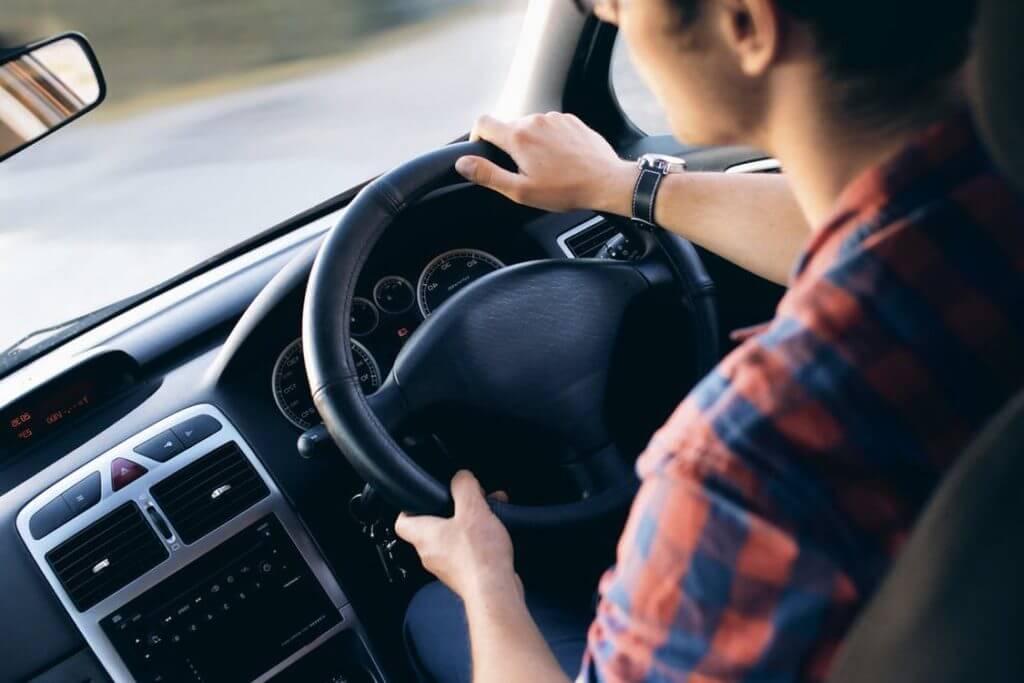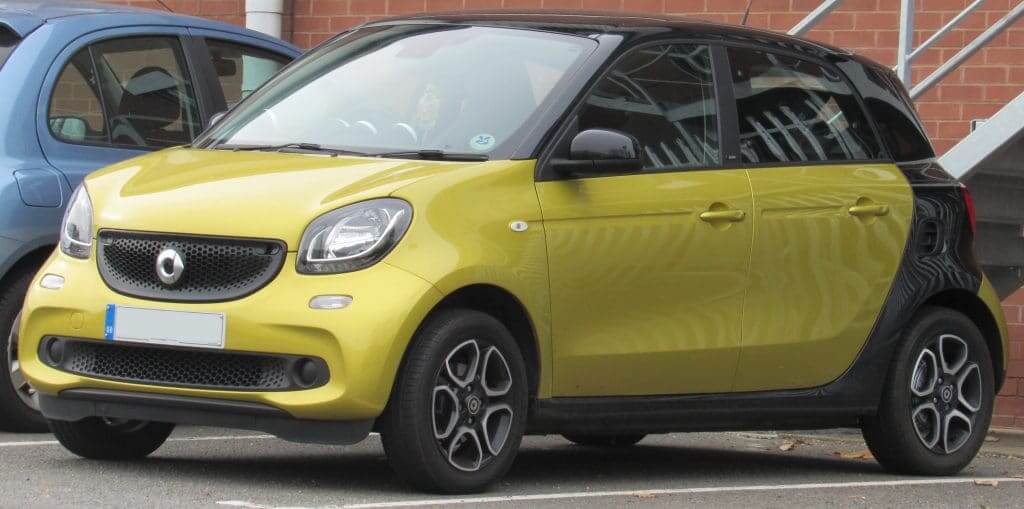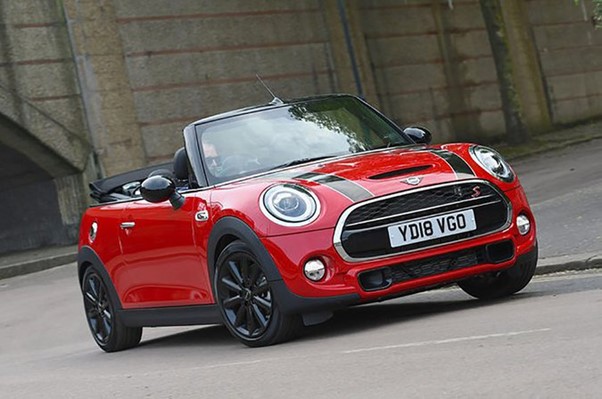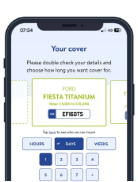Even the most experienced driver can get a fright, especially during spooky season. In addition to all the ghouls, ghosts and monsters, there’s no getting away from the fact that some aspects of being behind the wheel can be scary – even more so when you’ve just passed your test.
Whether it’s having to parallel park in front of ever-growing traffic or facing what some people refer to as a ‘magic roundabout’ with multiple exits and huge queues (we’d go with ‘dark arts’ over ‘magic’ here), it’s clear that it’s hard to master every aspect of driving a car.
Driving anxiety is normal but to help you try and overcome some of your biggest fears on the road, we’re going to present three scary driving scenarios and explain how to survive them. From a hair-raising encounter with a creepy creature to dealing with an impaired or intoxicated driver and facing an unexpected breakdown on a deep, dark night, we’re here to help you get over your fear of driving.
Facing an animal in the road
The best way to deal with an animal on the road, whether it be a cat, bat or werewolf, is to be aware of your surroundings and situation.
Look for signs of increased animal activity such as specified crossings or road signs, and travel at the correct speed. If there is an animal on the road, do everything you can to avoid hitting it but be careful not to cause danger to other motorists. If you hit them, you are likely to be liable for any damage.
If it’s unavoidable and you do hit the animal, stay calm, pull over and make sure you’re safe. If you have hit an animal the size of a dog or larger, you must report it to the police. For all animals, assuming it’s safe to do so, look for a collar or signs of ownership.
If you’re unsure what to do contact the RSPCA’s emergency line on 0300 1234 999.
Driving near impaired drivers
It can be difficult to spot an intoxicated driver while out on the road, but there are some potential warning signs:
- Driving in the centre of the road
- Weaving or zig-zagging across the road
- Swerving or abruptly turning
- Driving much too slowly
- Erratic braking
- Signalling that is inconsistent with driving actions
- Slowly reacting to traffic signals
If you suspect that you’re sharing the road with a drunk or impaired driver, you need to drive defensively. Slow down to a safe speed and be ready to take quick action. Be sure to keep your distance from the vehicle in front or pull over to let it past if it’s behind.
Do not attempt to follow or stop the vehicle and remain focused on your driving. As soon as possible, and when safe to do so, call 999 and give a clear description of the location, vehicle and driver.
Breaking down on a motorway
Breaking down is always scary, but having it happen on a motorway can add an extra fear factor, especially if it’s a full moon or you’re near a decrepit old building or castle…
- If possible, try and get off the busy road. If this is unavoidable, try and get as far left as possible and turn the wheels to the left. Make sure your hazard lights are on, and if it’s dark turn your sidelights to help other drivers see you.
- Get to a safe place. Either try to stand behind a barrier or on the bank at the side of the road, but only exit the vehicle if it’s safe to do so. Then you need to call for assistance, use your mobile or follow the arrows and walk to an emergency phone on the side of the road.
While you are waiting for assistance, do not attempt to fix the car if this puts you in danger. Do not remove pets from the car or walk too far from your vehicle, even if you’re behind a barrier.
If you break down on a smart motorway, here are the 5 steps you should follow according to the AA:
- Get to an emergency refuge area (ERA)
- If you can’t, try to get to the leftmost lane.
- If it’s safe, exit your car on the left and wait behind the barrier
- If you break down in a live lane, stay in the car with your seatbelt on
- Call for help
Being prepared and knowing what to do can stop any driving scenario from being too scary.
Tempcover It this Halloween
Remember, a great first step to preparing yourself for driving is to get the right insurance for your situation. If you’re looking for flexible temporary insurance with no long-term commitments – choose temporary car insurance or temporary van insurance.
Avoid the fear of driving without the right insurance. Get the cover you need with Tempcover with a quote in under 2 minutes and enjoy complete peace of mind on the road, even if you are travelling during the witching hour.
Frequently Asked Questions
Why do people experience fear while driving, especially at night?
Driving at night can heighten anxiety due to reduced visibility, the potential for accidents and getting lost. All of these can make it a challenge to drive safely, leading to heightened fear.
Should I avoid driving over Halloween?
Despite the trick or treaters and fancy dress party-goers being out in force, you may still need to get where you need to go. Try to drive carefully and sensibly, bearing in mind the amount of people that are out and about – especially younger children who may be excitable and run out into the road.
What should I do if I encounter a scary situation while driving?
If something frightens you while driving, it’s important to stay as calm as possible. Try and drive towards a safe, well-lit location and avoid pulling over in the dark or leaving your car. Once safe to do so, contact the appropriate emergency services.




